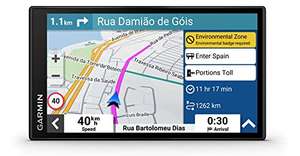

Sat Nav Deals & Offers
3 active deals89,708 commentsAll Sat Nav discounts and offers overview - April 2024

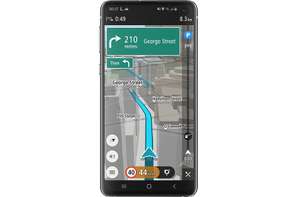
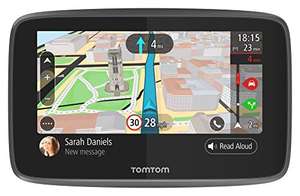
Sat Nav price comparisonPowered by
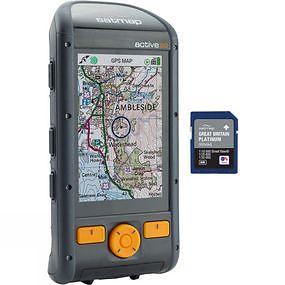 3 offers
3 offers
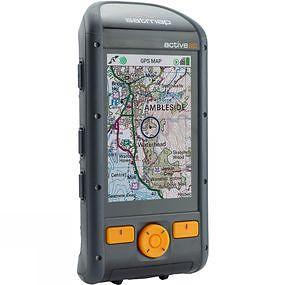 2 offers
2 offers
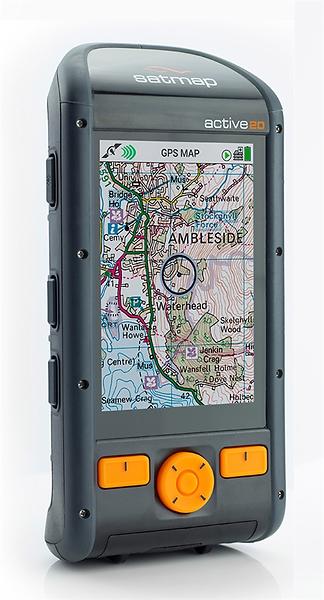 1 offer
1 offer
 1 offer
1 offer
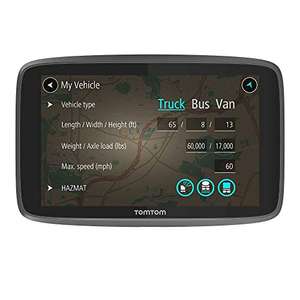

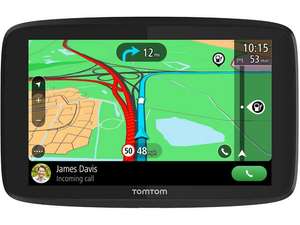
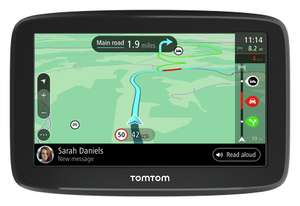
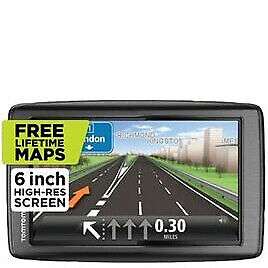
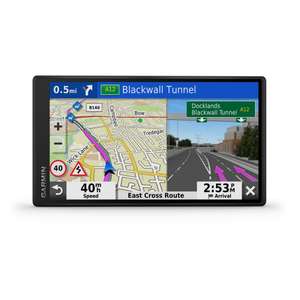
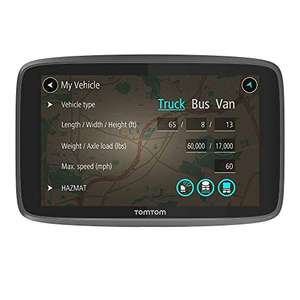
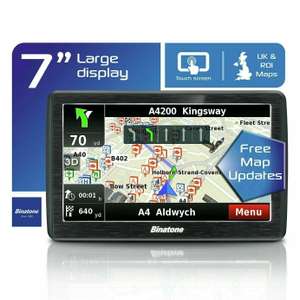
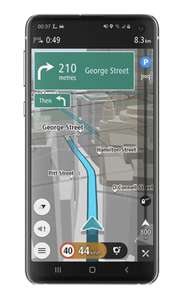
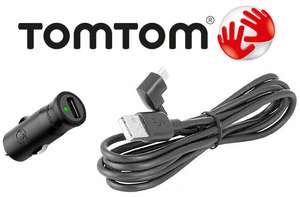
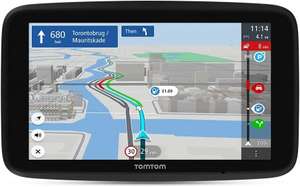
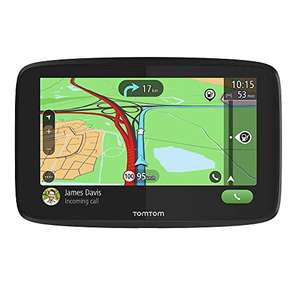
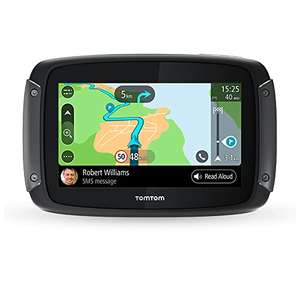
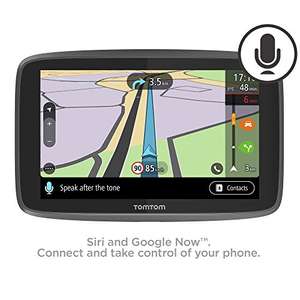
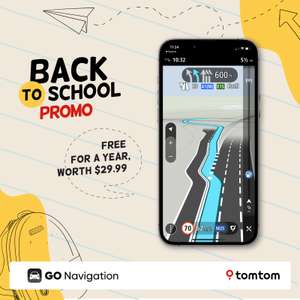
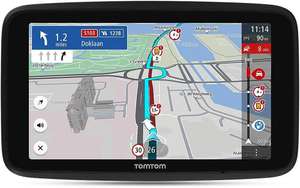
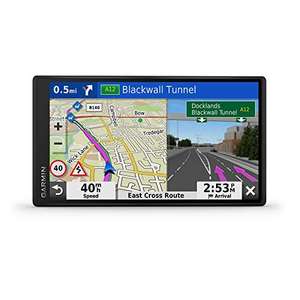
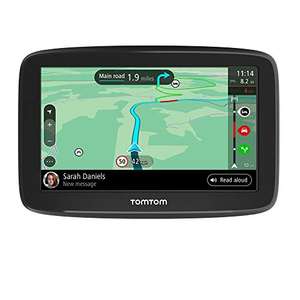
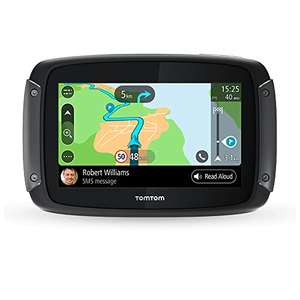

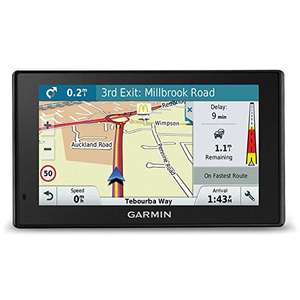
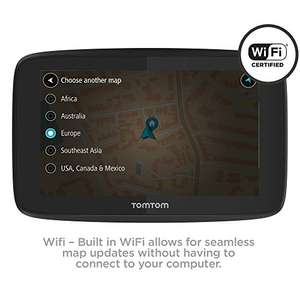
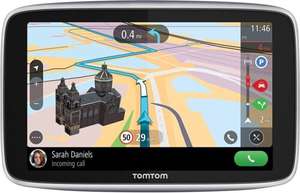
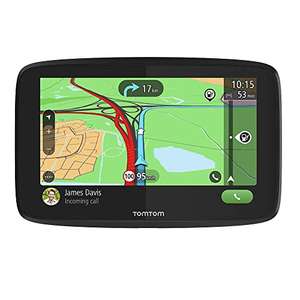
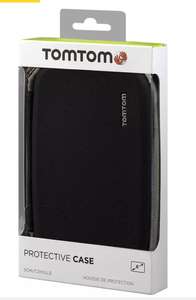
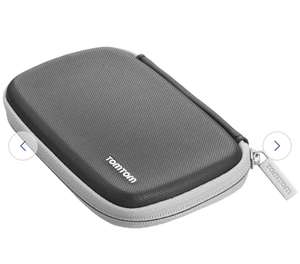

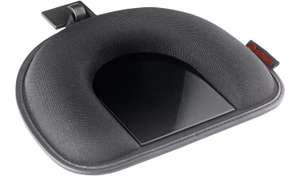
Sat Nav Systems: Stay on Course and Get There Faster
Many people use their smartphone when navigating through unfamiliar places, but a Sat Nav still remains one of the most dependable methods of getting around. Smartphones download map data on the move, but with a Sat Nav, you don’t have to worry about losing a data connection as the maps are already pre-installed. They also keep users updated on delays and traffic congestion as well as suggesting alternative routes. So what is the best solution to use to reach your destination fast and safely? This buyer's guide will advise you on how to find the best possible Sat Nav deals.
Sat Navs Using GPS
The first satellite navigation system, Transit, was developed and used by the US military in the 1960’s. A precise and reliable version of the technology was not made available to the general public until 2000, and the earliest consumer versions were expensive and limited. Though modern Sat Navs still receive data from the Global Positioning System, a network of 24 US satellites that have been in operation since 1978, they have become far more accurate and reliable.
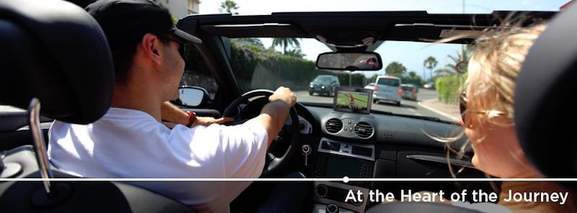
How Does a Satellite Navigation System Work?
The satellites which push information to GPS systems are orbiting 11,500 miles above the earth. Each one has an incredibly accurate clock and software which broadcasts its location constantly. On the ground, the GPS receiver in your Sat Nav looks at the time and location data provided by several satellites at once. Your device then combines this data to pinpoint its own position. The accuracy of these signals has been constantly improved since they were first marketed to consumers. Now even standard GPS systems can triangulate their position to within 3 metres.
The Three Main Types of Sat Nav Systems
Built-in Sat Nav – Premium vehicles usually come with a built-in Sat Nav as standard, but even if you’re buying something more economical, you can usually request an in-built GPS. Integrated Sat Nav units can look slicker than portable versions as they are permanently secured into the dashboard, just like the air conditioning and stereo. They also tend to have larger display screens and don’t require any wires to keep them charged. But, as they cannot be removed from the car, built-in Sat Nav units can be more difficult to keep updated, and many people find they have to visit their dealership when the time comes.
Portable Sat Navs – Many people prefer portable Sat Navs because they have more utility and are easier to maintain. Once you have parked up, these devices can be carried along to your destination if you need to continue on foot. These are also cheaper compared to the cost of either getting one installed in your existing car or specifying that you want one to be fitted into a new vehicle. Portable devices are also easier to update – just bring them inside, connect them to a PC and follow the instructions.
A navigation app on a smartphone – Quality smartphones have a GPS receiver that enables users to run navigation apps. These are designed to give your phone the same utility as a Sat Nav. Although smartphone screens tend to be smaller than the average Sat Nav, they are highly portable and can be quickly fixed to the dashboard when in use. Unfortunately, the apps that you’ll need to buy for your phone can be almost as expensive as a new Sat Nav, but there are also free versions available like the Navmii app.
Is a Sat Nav Really Better Than a Smartphone?
If you need a navigation tool for a few quick trips, then there’s no doubt a smartphone is more than capable. However, for use as a full-time Sat Nav system, with or without a dedicated app, a smartphone can struggle. Sat Navs tend to be more robust in terms of build quality, so there’s less risk of damage if they do fall off their mount. The hands-free service is more advanced on a Sat Nav and is tailored to navigational use. You’ll also need to consider the huge drain on your phone’s battery life, the data costs and possible interruptions from messages or calls. Finally, as a smartphone works by mapping the area via an internet connection, when you’re offline for any reason, the information is lost. So if you’ll be relying on a Sat Nav for holidays, long road trips or for work, then it’s certainly worth investing in a GPS unit.
Garmin Speak with Amazon Alexa

6 Things to Think About Before Selecting a Sat Nav
Sat Nav systems can be very beneficial for drivers, but before you start looking, here are a few things to consider:
How much to pay? – There are many reasonably priced in-car Sat Navs, but some can be very expensive. If you go for an expensive option, you’ll get more features like European maps, a larger screen, lane guidance and notifications about tourist sites. If you just want a basic system that can help you find specific locations, then a cheaper version with fewer extras will be adequate.
Does it feature live updates? – Traffic updates come as part of the package with some Sat Navs, but with others, like devices from TomTom, you will need to purchase an annual subscription, giving you access to live news. Also, it’s worth remembering that Sat Navs usually need an internet connection in order to receive their updates. Before you buy, find out if this can be achieved using a PC, or if you might have to use your mobile phone whilst travelling.
Will it provide speed camera alerts? – Sat Navs which include this additional service download information on the whereabouts of speed cameras as they update. They will then issue an alarm when you are about to pass one. Some Sat Navs are not sold with speed camera alerts as standard, but you can normally pay for an upgrade.
Is there a SIM card? – If you often travel through remote locations, you can choose a Sat Nav that is fitted with a SIM card. They tend to be more expensive, but for some drivers, access to unlimited data for their system makes it worthwhile.
Is voice control enabled? – If you often need to set new routes on-the-go, then a device which includes voice control will help you get on the right track quickly and safely. There are also Sat Navs which will connect with the AI in your phone, and its advanced software can give you more detailed information.
Can it be linked to a mobile phone? – Some Sat Navs can receive texts and calls when they are linked up to your phone. These can be accessed through the voice control feature or by tapping the screen. For people who often have to take calls whilst driving, these Sat Navs make this easy, and they also make the process far safer.
Which Sat Nav Screen Size to Choose
In the early days, car GPS systems came in two sizes, 3.5-inch and 4.3-inch, however, driven by competition from the smartphone market, most major Sat Nav manufacturers now have at least a couple of models which hit the 5-inch mark. There is also an increasing number of models with super-sized 7-inch screens.
Although you can still find the smaller 3.5-inch screens for sale, the 4.3- inch versions don’t cost a lot more, but they do offer a big difference in terms of touchscreen controls and also visibility. Coupled with the sharper imaging and higher screen resolutions that most manufacturers now provide, the 4.3-inch will be best for most drivers.
When people do scale up to the 5-inch or 7-inch screen, it’s usually because using the touch screen is easier or because their vehicle is large and the windscreen is further away. This means a Sat Nav can be secured in place without blocking a driver’s view. If you have an SUV or a truck, these may be a better choice, and you can also look out for models with louder volume capacities, like the Garmin Dezl.

Helpful Sat Nav Accessories
There is a huge range of accessories to use with a GPS unit – some are designed to keep it safe and some make it easier to use. Here are three of the most popular options:
Carry cases – From hard-shelled to soft-sided, there are many Sat Nav cases to protect your device when it is not in use. Some are designed for a specific model, whilst others will fit any device of a particular size. Most are plain, but you can find decorative and brightly coloured cases, which are just as robust.
Chargers and cables – Some chargers have a USB port, these allow you to transfer data, like music or images, onto a Sat Nav. There are also more basic in-car chargers that plug into the cigarette lighter and dual chargers that enable you to charge an extra device, like a phone or a tablet, along with the Sat Nav.
Mounts – These help you to position a Sat Nav in the most convenient way when you are driving. You can buy versions which are permanently stuck to your dash or windscreen, or those which are held in place through suction.
The Pros and Cons of Using a Sat Nav
Sat Navs are extremely convenient and they fit in well with our busy lives, but they do have a couple of disadvantages:
The Pros:
It's easy to use – Assuming your device is regularly updated, charged, and in full working order, you will always be able to drive to a destination without losing your way. Some people have problems with using a regular map. On a Sat Nav, you only need to fill in your destination, press start and the route will be displayed.
Journeys are faster – With regularly updated information on accidents and congestion, as well as alternative routes, a Sat Nav should help you get to where you want to be faster.
Neighbourhood information – High-end Sat Navs provide you with details on nearby amenities, petrol stations and shops. This can come in handy if you need to stop for supplies, but you don’t want to go miles out of your way.
Mistakes are corrected – Even with a Sat Nav, there are times when people take a wrong turn. This is not a problem as the GPS immediately detects that you’ve gone astray and begins to redirect you back towards your destination.
The Cons:
They can be misleading – Occasionally, Sat Navs do get it wrong and you’ll end up down a narrow lane which is unsuitable for your vehicle. However, with a little common sense, it’s quite simple to avoid this kind of situation and request another route.
The cost – A top of the range Sat Nav can be expensive, and subscription costs may have to be factored in.
Technical hitches – Sat Navs can go wrong like any other device; they can develop a software issue, run out of charge, or lose access to the GPS system from time to time. Problems like these are rare, but you won’t have the same trouble using a map.

Tips on Buying Sat Nav Systems
You can buy a Sat Nav from major electrical retailers like Currys and Argos, but also from motoring specialists like Halfords. Amazon also has a wide range of systems and accessories, as do Tesco. Alternately, if you have a specific brand in mind, you can shop directly from manufacturers like TomTom and Garmin.
GPS systems vary hugely in price depending on the level of utility they offer, but you can find a cheap Sat Nav during flash sales held by big stores like PC World or when marketplaces like eBay have seasonal sales at Christmas or in the summer. Black Friday is another excellent time to look online for deals on a new Sat Nav. From retailers like John Lewis, Very, and Debenhams, expect reductions of up to 25% on some ranges.
Sat Nav Offers at HotUKDeals
We work with our money saving community to seek out and publish details of every Sat Nav deal available, both off and online.
